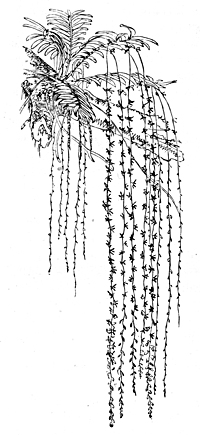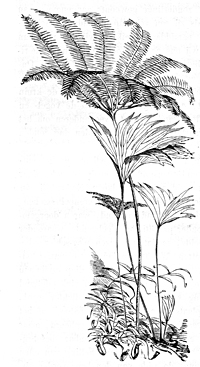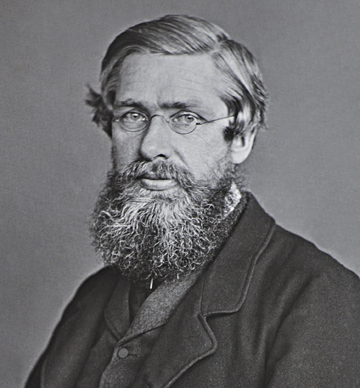
"Wallace is one of the most important figures of nineteenth-century biology and in character among its most admirable.
He is also one
 of the very few, like Darwin and Maxwell, whose importance grows with time." E. O. Wilson
of the very few, like Darwin and Maxwell, whose importance grows with time." E. O. Wilson Wallace is on both Facebook and Twitter. Check them out!
Wallace is on both Facebook and Twitter. Check them out!Alfred Russel Wallace (1823 - 1913) was one of the 19th century's most remarkable intellectuals. His link to Charles Darwin as the co-discoverer in 1858 of evolution by natural selection would alone have secured his place in history, but he went on to make very many other significant contributions, not just to biology, but to subjects as far-ranging as glaciology, land reform, anthropology, ethnography, epidemiology, and even astrobiology. His pioneering work on evolutionary biogeography led to him becoming recognised as that subject’s ‘father’. Beyond this, Wallace is regarded as the pre-eminent collector and field biologist of tropical regions of the 19th century, and his book The Malay Archipelago (which was Joseph Conrad’s favourite bedside reading) is one of the most celebrated travel writings of that century and has never been out of print. Add to the above that Wallace was deeply committed to and a vocal supporter of spiritualism, socialism, and the rights of the ordinary person, and it quickly becomes apparent that he was a man with an extraordinary breadth of interests who was actively engaged with many of the big questions and important issues of his day.
By the time of his death Wallace was probably the world’s most famous scientist, but since then his intellectual legacy has been almost completely overshadowed by Darwin’s, largely thanks to the “Darwin Industry” of recent decades. This ‘industry’ has led to a highly “Darwinocentric” view of the history of modern biology, and as a result many of the important contributions made by Darwin’s contemporaries, like Wallace, are currently underestimated and undervalued.
This website is intended to be an island of accurate information in the sea of misinformation about Wallace. It contains information about Wallace's life and work, a unique archive of images, FAQ's debunking some of the many myths surrounding Wallace and Darwin, plus information about the A. R. Wallace Memorial Fund and its projects. Please explore the site by clicking on the links on the menu to the left.

"I am thankful I can see much to admire in all religions. To the mass of mankind religion of some kind is a necessity. But whether there be a God and whatever be His nature; whether we have an immortal soul or not, or whatever may be our state after death, I can have no fear of having to suffer for the study of nature and the search for truth, or believe that those will be better off in a future state who have lived in the belief of doctrines inculcated from childhood, and which are to them rather a matter of blind faith than intelligent conviction." Wallace, writing from the field to his brother-in-law Thomas Sims in 1861 on the subject of belief.

The site was launched in January 2008 and is maintained by George and Ed Baker.
Please feel free to link to any of the site's content.
The Wallace Fish is copyright of Chris Clarke.
Common variations of Wallace's name:
Wallace; Alfred Wallace; A. R. Wallace; Alfred R. Wallace; Russel Wallace; Alfred Russell Wallace [sic]
Fiat Justitia, Ruat Coelum
(Wallace's moto)
